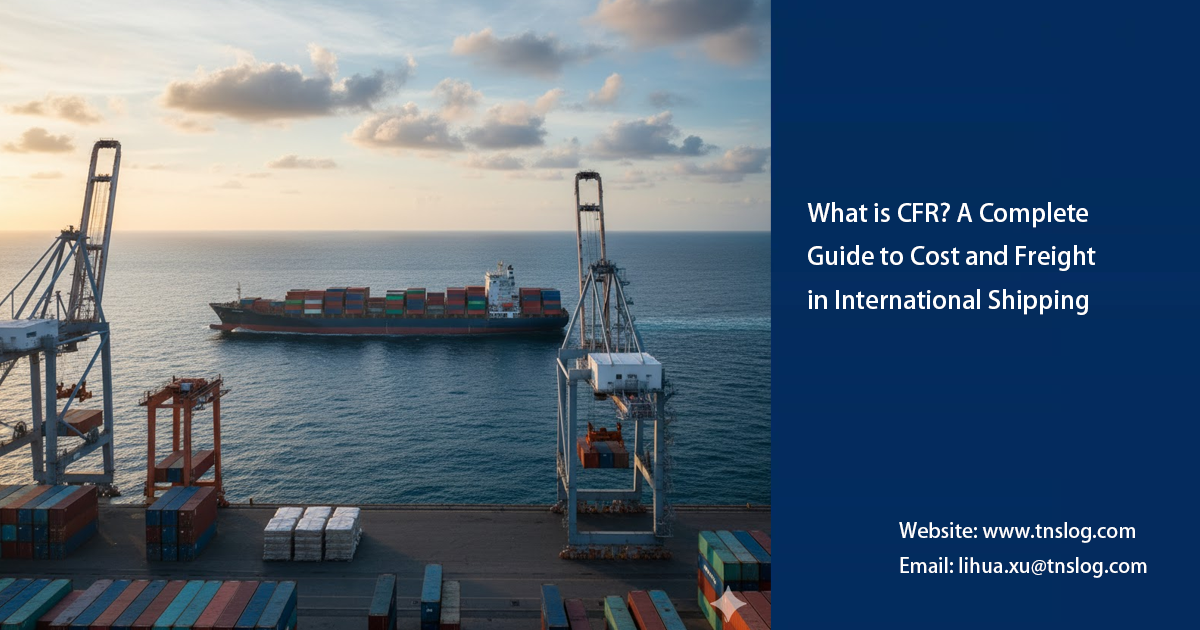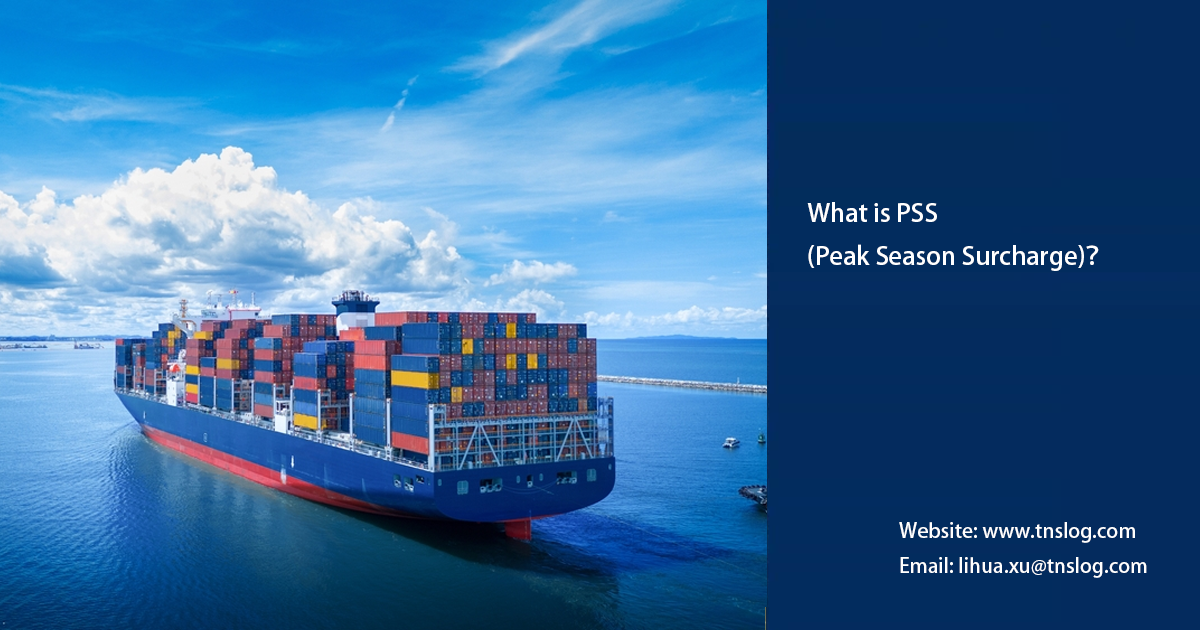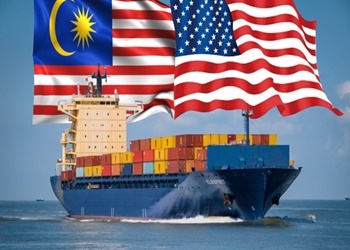How Marine Cargo Insurance Works in International Trade?
As a Malaysian freight forwarder, we handle complex logistics daily—from exporting electronics from Penang to Europe, or importing raw materials from Southeast Asia. In the international shipping market exceeding $28 trillion in global trade, marine cargo insurance is not just a risk buffer but a core mechanism for ensuring supply chain stability. Imagine a $500,000 shipment of palm oil contaminated during a Suez Canal delay—without proper marine insurance, you could face massive losses and contract disputes. This article delves into the operational principles of marine cargo insurance in international trade, helping exporters and importers master key aspects like risk transfer and contract interactions. If you’re new to this, we recommend starting with our beginner’s guide, What Is Marine Cargo Insurance and Why It Matters in Global Shipping, to build foundational knowledge.
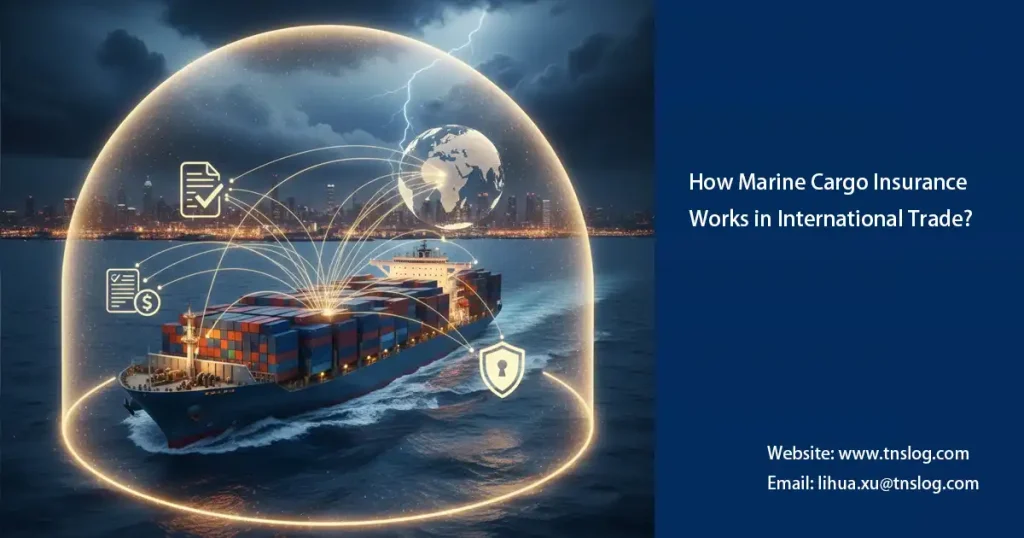
The Basic Mechanism of Marine Insurance
The core of marine cargo insurance lies in its standardized process, from policy issuance to risk assessment, ensuring full protection for goods from warehouse to destination port. Based on the Institute Cargo Clauses (ICC) from Lloyd’s of London, this mechanism has evolved into the standard framework for international trade, helping Malaysian businesses manage diverse routes from Southeast Asia to global destinations.
Policy Issuance and Coverage
The issuance of a marine cargo insurance policy is typically facilitated by freight forwarders or brokers (like our local team). The process starts with an application: the shipper provides cargo details, including value, route, and type (e.g., fragile electronics or bulk soybeans). The insurer evaluates and issues the policy, covering the full “warehouse-to-warehouse” chain—from the seller’s warehouse dispatch to the buyer’s warehouse delivery.
Coverage levels are clearly tiered:
- All Risks (ICC A): Protects against any external loss, excluding items like war or intentional damage.
- With Average (ICC B/C): Targets specific marine risks, such as fire, collision, or sinking.
- Extension Options: For tropical goods exported from Malaysia, add clauses for delays or contamination.
In practice, we customize policies for clients to comply with Malaysian customs requirements, with premiums as low as 0.2–1% of cargo value. Once issued, the policy is transmitted alongside the bill of lading, activating immediate protection.
Premium Payment and Risk Assessment
Premium calculation is based on risk assessment models, where insurers use data like route history (e.g., piracy risks in the Gulf of Aden) and inherent cargo defects (perils of the sea). The standard formula: Premium = Cargo Value × Rate (0.1–2%, depending on high-risk routes like the Indian Ocean).
Payment is flexible: upfront or in installments, and our freight forwarding services integrate online platforms like AIG’s digital tools for instant processing. 2024 data shows risk assessment accuracy at 95%, helping businesses avoid over-insurance. Pro tip: Regularly update assessments to account for climate change-induced storm frequency—this is especially critical for Malaysian palm oil exports.
Understanding Risk Transfer in Marine Insurance
Role of the Insurer
The insurer acts as the risk bearer, providing financial compensation and expert services. In the event of a claim, they investigate causes, assess damage (often via third-party adjusters), and pay out—up to the invoice value plus 10%. For instance, during the 2023 Red Sea crisis, insurers provided swift settlements for affected Malaysian textile exports, with an average cycle of just 30 days.
Additionally, they proactively manage risks: offering packaging guidelines or route optimization advice. We partner with firms like Chubb to ensure local clients receive priority service, reinforcing the stability of marine insurance in trade.
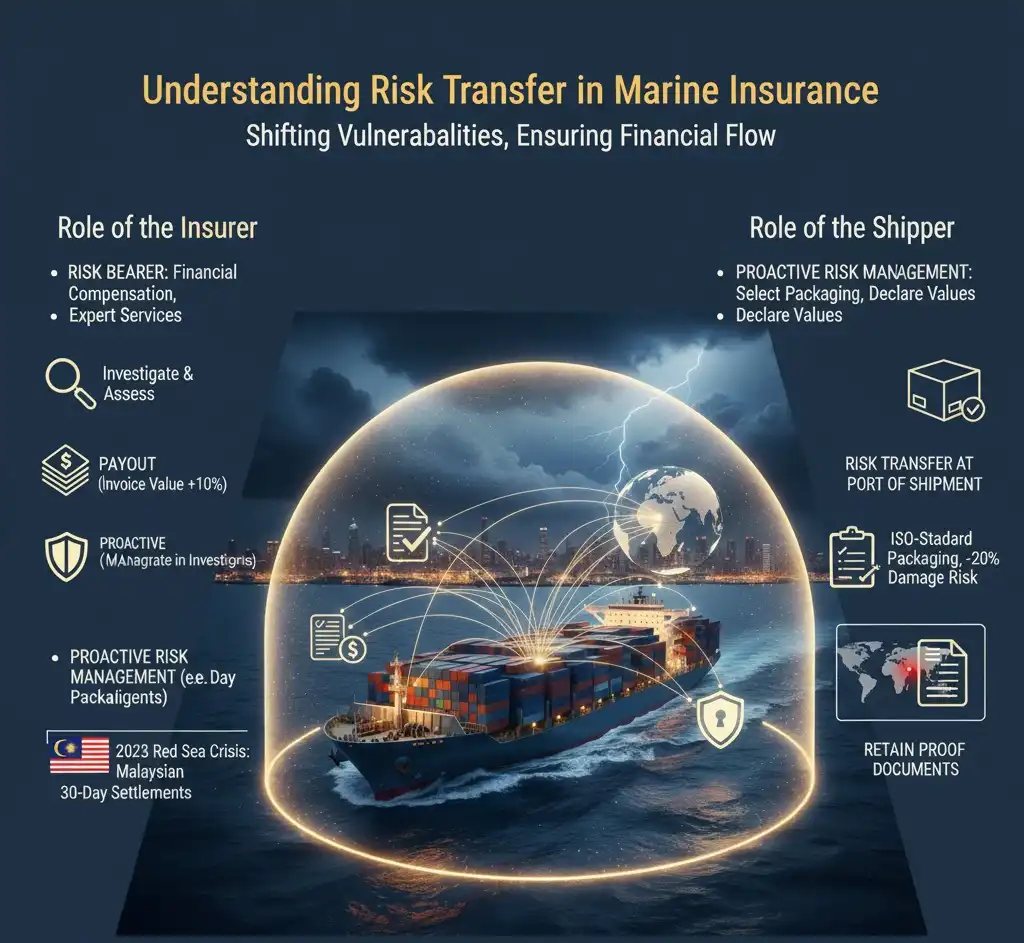
Role of the Shipper
The shipper (exporter) is responsible for proactive risk management: selecting reliable packaging, declaring accurate values, and promptly notifying the insurer of potential hazards. Duties include paying premiums and cooperating in investigations—failure could lead to claim denials.
In Malaysia, we guide clients on ISO-standard packaging, reducing cargo damage risks by 20%. Remember: Risk transfer occurs at the port of shipment, but the shipper must retain proof documents to support seamless interactions.
Interaction Between Shipping Contracts and Insurance
Marine cargo insurance doesn’t operate in isolation; it integrates deeply with shipping contracts to ensure legal compliance and clear responsibilities. This is crucial for Malaysian traders using CIF or FOB terms.
Relationship with Bills of Lading
The bill of lading (B/L) serves as the cargo ownership document and activates marine insurance. The policy is often attached to the B/L, designating the buyer as beneficiary. In claims, the B/L proves loss ownership, aiding quick insurer settlements.
For example, in multimodal transport, the B/L bridges sea-land segments, and our forwarding services ensure electronic filing compliant with the UN Electronic Trade Convention. Curious about differences in carrier liability? Check out Marine Insurance vs Carrier Liability: Key Differences to clear up common misconceptions.
Legal Obligations Under Incoterms
Incoterms (e.g., CIF) specify insurance duties: Under CIF, the seller must insure at least 110% of cargo value, transferring risk to the buyer. Violations can trigger arbitration, such as at the Singapore International Arbitration Centre.
In Malaysia, compliance with the Contracts Act requires additional local insurance; our team assists clients in integrating Incoterms for international trade compliance. The 2025 updates emphasize sustainable clauses, impacting green shipping insurance.
Summary of the Insurance Workflow
The marine cargo insurance workflow can be summarized as a five-step cycle: 1) Risk assessment and policy issuance; 2) Premium payment and coverage activation; 3) Risk transfer and monitoring; 4) Incident investigation and claim; 5) Settlement and review. This closed-loop mechanism turns potential losses into manageable costs, helping Malaysian freight forwarding clients maintain trade competitiveness.
Key Takeaways:
- Mechanism Basics: From issuance to assessment, ensuring end-to-end protection.
- Risk Transfer: Insurers handle finances, shippers manage prevention.
- Contract Interactions: B/L and Incoterms strengthen the legal framework.
- Practical Benefits: Reduces global trade risks and optimizes supply chains.
If your cargo faces an incident, the claims process is key. Check out our practical guide, Step-by-Step Guide to Filing a Marine Cargo Insurance Claim, for step-by-step instructions on efficient handling and quick business recovery. As your Malaysian freight partner, we’re always ready for a free consultation—contact us to safeguard your international trade journey!
Have Anything To Ask Us?
Please fill in your email in the form and we’ll get back to assist you soon!

